Mountain Review: Whistler Blackcomb
MOUNTAIN SCORE
CATEGORY BREAKDOWN
See our criteria7
Snow:
7
Resiliency:
10
Size:
10
Terrain Diversity:
10
Challenge:
10
Lifts:
5
Crowd Flow:
8
Facilities:
6
Navigation:
10
Mountain Aesthetic:
GOOD TO KNOW
1-Day Ticket: $125-$171 USD ($159-$199 CAD)
Pass Affiliation: Epic Pass
On-site Lodging: Yes
Aprés-ski: Extensive
Nearest Cities: Vancouver (2.5 hrs), Seattle (5 hrs)
Recommended Ability Level:
+ Pros
Size
Diverse terrain for all ability levels
Extremely demanding expert runs
Lift infrastructure
One-of-a-kind aesthetic
– Cons
Relatively variable conditions, especially in lower mountain areas
Crowd flow during peak times
MOUNTAIN STATS
Lifts: 37
Trails: 200
Beginner: 17%
Intermediate: 55%
Advanced/Expert: 28%
RECENT ARTICLES
VIDEO
Mountain Review
Looking for the biggest and best skiing around? Canada’s Whistler Blackcomb is hard to beat. With over 8,000 acres and a mile-long vertical drop, this behemoth resort offers a footprint that, even on the surface, almost looks too good to be true. So does Whistler have any downsides, or is it truly a perfect mountain? Let’s find out.
Size and Terrain Layout
Let’s start with the biggest standout feature of Whistler Blackcomb—its size. With a 8,171-acre skiable area, Whistler is the largest ski resort in North America by a hefty margin. You’ll probably need more than a week to fully track this massive footprint.
Another important thing to note about Whistler Blackcomb: its layout. There’s a reason for the two-part name, and while part of the same resort, Whistler and Blackcomb are actually two completely different mountains. Both peaks are huge in and of themselves, and each is large enough to provide multiple days worth of terrain.
Whistler and Blackcomb are actually two separate mountains, both of which are huge and offer diverse terrain.
Terrain Diversity
If you can think of a category of slopes, you’ll find it at Whistler Blackcomb. The resort’s 5,280-foot vertical rise lends itself to substantial terrain diversity, and while low and mid-elevation mountain areas are home to a variety of groomers, bump runs, and glades, high elevations provide a wide assortment of above-treeline bowls.
Beginner Terrain
Whistler Blackcomb’s terrain strengths extend across all ability levels. Even beginners can take advantage of the massive footprint, with green trails available across the vast majority of resort areas—including, uniquely, some high-alpine bowls. Whistler Mountain is a bit more beginner-friendly than Blackcomb thanks to its beginner-oriented Emerald terrain zone, but both resort sides offer several terrain pods with at least one beginner route down as well as dedicated bunny hills for true first timers.
Intermediate guests will find no shortage of terrain across Whistler Blackcomb’s massive footprint, including the seven mile Peak to Creek trail.
Intermediate Terrain
Once you reach intermediate proficiency, Whistler Blackcomb’s terrain becomes even more impressive. In addition to well-groomed cruisers in lower and mid-mountain areas, the resort hosts an extensive array of high-alpine, intermediate-centric bowls—something that’s really hard to come by at competing resorts. In fact, with perhaps the exception of the Whistler Peak area, every upper-mountain lift directly offers some sort of bowl terrain for this ability level. But Whistler’s Peak chair does offer something really unique for intermediates: the Peak to Creek trail, a 7-mile run that provides the longest vertical descent of any named trail in North America. Conditions in lower-mountain areas do tend to get variable—and this run isn’t always groomed—but it’s the only run of its kind and probably worth doing at least once on your trip.
TRAIL MAP
Terrain Parks
Whistler Blackcomb offers an extensive terrain park setup as well, with boxes, rails, jumps, and specialty features across both resort sides. Whistler hosts smaller features under the Emerald Express chair, but the main freestyle setup is on Blackcomb Mountain, where guests will find medium to extra-large buildouts that are easily lappable via the Catskinner chair. However, the resort’s terrain park presence has taken a step back in recent years, and previously common halfpipe builds have all but disappeared.
Advanced and Expert Terrain
What you’ll really want to be when you visit Whistler Blackcomb is an expert. With black and double-black-diamond terrain comprising more than a quarter of its acreage, Whistler Blackcomb is home not only to a diverse selection of steeps, but also some of the most technical challenges in North America. Small cliffs persist off many trails, and ridges along mountain ranges form large cornices, chutes, and couloirs. Don’t even think about making a wrong move when there’s a double-black diamond sign—entrances to these runs can be especially difficult with no room for error, either requiring prolonged cliff drops, mandatory straightlining, or a combination of both. You’ll want to check out Whistler’s Peak Chair and Blackcomb’s Glacier Chair for the most extreme trails, with the Spanky’s Ladder area off Blackcomb, which does require a short hike to reach, especially standing out.
Hike-To Terrain
Unlike many of its competitors, most of Whistler’s bowls and expert terrain are directly accessible from lifts. Only a few bowls at the peaks require mild hiking, but they are consistently less tracked than other parts of the resort and well worth it. The Flute Bowl off the Symphony Chair, which requires the only lengthy hike at Whistler, tends to offer the best snow conditions at the resort.
Avalanche Control Operations
Whistler’s top-tier avalanche control operations are worth mentioning. While the resort’s intense terrain is naturally susceptible to avalanches, the resort uses multiple control methods, including avalanche-triggering artillery and explosives dropped from helicopters, to keep the resort operating safely and efficiently after storms.
Peak 2 Peak Gondola
Whistler and Blackcomb Mountains diverge quite a bit as they rise up into the sky, and the only trail connection between the two is at the base. But for those who are higher up, the two resort sides are also connected through the incredible Peak 2 Peak lift, which spans almost 2 miles between towers and has the highest point above ground of any aerial lift in the world. This tri-cable gondola provides breathtaking sights of the two behemoth mountains.
RECOMMENDED SKIS FOR WHISTLER BLACKCOMB
NOTE: We may receive a small affiliate commission if you click on the below links. All products listed below are unisex.
Recommended intermediate ski
Recommended advanced ski
Recommended glade ski
Recommended powder ski
Mountain Aesthetic
But the Peak 2 Peak is only one of several unique experiences at Whistler Blackcomb that make for an unequaled resort atmosphere. Several other lifts fly above canyons or massive cliffs. The upper mountain areas, with no trees and low crowding if you find the right place, can feel completely isolated. And you’ll find a mind-blowing ice cave if you go to Blackcomb Glacier at the right time of year.
If you get to Whistler Blackcomb on a clear day, the feeling you’ll get is absolutely incredible. You’ll feel on top of the world at the peaks of both mountains, where the views are nothing short of top-tier. You’ll see several other mountain ranges and valleys, and being at the top of one peak gives you a nearly complete view of the other. Sometimes, you can even see into the clouds of weather systems below.
Whistler Blackcomb’s upper mountain areas can feel completely isolated and provide incredible views of other mountain ranges and valleys.
Conditions Variability
But perhaps Whistler’s first major downside is its conditions variability. Now don’t get us wrong, the resort isn’t horribly unreliable, but given its magnitude, relatively low elevation, and proximity to the Pacific Ocean, snow quality and conditions can vary quite a bit compared to mountains further inland. Snowstorms can occur at some elevations while completely passing over others. It often gets windy at the peaks, sometimes unbearably so. On warmer days, it might rain in low elevation areas while snowing everywhere else. But while bad days may bring poor snow quality or uncomfortable conditions in many places, you’ll nearly always be able to find decent conditions somewhere. In addition, Whistler’s extensive snowmaking operations in lower mountain areas ensure a resilient base layer even when natural conditions aren’t the best.
Snow
Whistler receives substantial accumulation totals each season, and as such, regularly sees powder. However, the resort gets tracked quickly, and fresh powder after an overnight storm can disappear by the afternoon—or if it’s a peak weekend or holiday, can even be gone within an hour or so.
Whistler Blackcomb sees regular powder, but it gets tracked quickly, and lower mountain areas often see rain or low-quality accumulation.
Backcountry Terrain
If it’s continuous untouched powder you’re looking for—assuming a warm spell hasn’t occurred since the last storm—Whistler Blackcomb’s outstanding backcountry terrain is the place to be. Access is very easy from the top of the Showcase T-Bar on Blackcomb or the Flute Bowl on Whistler. Backcountry options come with notable terrain diversity, and routes range from a few hours to a few days long. However, it’s extremely important to note that these areas aren’t officially part of the resort and accordingly aren’t patrolled for avalanches, meaning that avalanche danger can be considerable (the resort requires you to carry a transceiver and other proper backcountry gear to go through the gates, and will close the access points if deemed necessary). In addition, these vast out-of-bounds expanses are easy to get lost in, so be sure to ski or snowboard with a guide if you don’t know the area.
Ease of Navigation
Within the resort itself, it’s reasonably straightforward to get around, which is an impressive feat for a ski area that spans the size of over 6,000 football fields. The physical layouts of both Whistler and Blackcomb Mountains are intuitive enough, and while there are a few key areas that are tough to lap, you can ski directly to one of the bases from almost any mountain area, which is remarkable for a resort of this magnitude. The one exception in this case is the Symphony Bowl, which you won’t want to get stuck at—if you miss the last lift up here at 2:45, you’ll either have to hike out or wait at least an hour for a snow cat to come get you, neither of which are particularly desirable. Luckily, the resort does give plenty of warning about this circumstance and gates the terrain you can’t ski or ride directly out of after it closes.
There are a few other modest issues with navigating the resort. Trail markings, warning labels, and closure signs are clearly posted on lower parts of the mountain, but things get a bit more difficult at the top. It would be nice if the trail line markers up here were bigger. At times with poor visibility or a bad sun angle, it’s easy to lose your way on above-treeline trails and end up where you don’t want to.
Whistler Blackcomb’s plentiful backcountry terrain is the best place to find untouched powder, but be sure to carry proper gear and know how to use it.
Lift Infrastructure
Whistler Blackcomb's massive footprint is bolstered by its world-class lift setup. With the exception of a few high-elevation areas only reachable by t-bar, every lift-serviced area of the resort enjoys high-speed service. Two-way gondolas from every base area allow you to entirely avoid low elevation areas when conditions are poor and just stick to the good stuff; this setup partially mitigates Whistler’s issues with snow quality. However, some upper mountain trails don’t lead directly back to the lift you took to get up (although many of these runs are amazing and worth lapping anyway), and while it’s often reasonably straightforward to get back to where you started, it’s important to plan accordingly. One thing to note: while it rarely ran in its final years, the Horstman T-Bar has now been permanently removed with no direct replacement, meaning that getting from the top of Glacier to the top of 7th Heaven is now a lot more roundabout than it used to be.
On-Mountain Facilities
Whistler Blackcomb also enjoys a strong on-mountain lodge setup. Despite its size, you rarely have to go too far out of your way to stop in for a break. Blackcomb has a slightly more convenient setup than Whistler, with two very large mid-mountain complexes, but Whistler’s mid-mountain Roundhouse Lodge is centrally located and more than large enough to accommodate guests on most days. Both resort sides also have two smaller huts apiece that have limited seating but offer isolation from the elements.
Whistler often sees long lift lines in certain key areas, especially on powder days and on peak weekends.
Crowd Flow
Perhaps the biggest Whistler Blackcomb downside is its popularity. While the resort offers the largest uphill capacity of any ski area in North America, crowding is hit or miss, and lines for popular lifts can get really lengthy on busy days. Things usually aren’t horrible unless it’s a peak weekend, but if it’s raining in the lower mountain or the upper mountain is closed due to avalanche mitigation, the circumstances can put a significant squeeze on the “desirable” lifts, making the waits out of control. When conditions are good, guests will typically face the worst lift lines at the base lifts—these queues are absolutely crazy in the morning during peak times and on powder days, but crowds tend to spread pretty quickly along the massive footprint. It is worth noting that recent capacity improvements on both Whistler and Blackcomb have improved lower-mountain crowd flow somewhat, although the resort has only gotten more and more popular over the past few years. In addition, if you visit Whistler Blackcomb on an off-peak weekday, lift lines are almost nonexistent.
Getting There
Whistler is a little over two hours from Vancouver, which is where the nearest major airport is. A number of shuttle services exist from both downtown Vancouver and the airport, but the drive isn’t too bad, going along a four-lane highway with modest gradients.
The resort is also a five-hour drive from Seattle, which requires crossing the US/Canada border by highway, but has a much larger selection of flights from the United States. However, there are no regularly scheduled shuttle services from Seattle to Whistler, so you’ll have to have a car. Unless you decide to go with the prohibitively expensive option of flying in by helicopter, there is no air travel directly to Whistler.
Whistler is a little over two hours from the nearest city of Vancouver, from which guests can travel to the resort by shuttle service.
Parking
Whistler Blackcomb offers a range of parking options across its three bases. The Blackcomb and Creekside bases are home to free parking, while the Whistler Village base does require payment to park, although it’s not overly expensive.
Lodging
Whistler Blackcomb offers multiple lodging options ranging from bargain-basement to ultra-luxury across its expansive base village. Slopeside hotels are reasonably priced for the value; most have hot tubs and pools, and some even offer free ski valet services. Hostels and pod hotels don’t have much in the way of amenities but are dirt cheap and offer social vibes.
RECOMMENDED SNOWBOARDS FOR WHISTLER BLACKCOMB
NOTE: We may receive a small affiliate commission if you click on the below links. All products listed below are unisex.
Recommended intermediate board
Recommended advanced board
Recommended expert board
Recommended powder board
Aprés-ski
When it comes to the aprés-ski and nightlife scene, Whistler might be the best game in town. The Blackcomb and Whistler bases are home to several slopeside bars and restaurants with sweet happy hour deals. The expansive village offers multiple nightlife options and is perfect for bar hopping. If you know where to look, you can find live music, DJs, and dancing any night of the week—which is tough to say pretty much anywhere else.
Whistler’s massive base area has no shortage of slopeside hotels, bars, and restaurants.
Verdict
So no, Whistler Blackcomb isn’t the perfect mountain. But while other resorts may offer more consistent conditions and fewer crowds, nobody can match this exceptional resort’s size, terrain diversity, lift fleet, and mountain aesthetic. The aprés-ski is just the cherry on top of the cake.
Pricing
Unfortunately, Whistler Blackcomb’s lift tickets have become a lot more expensive in recent years. The 1-day lift ticket cost still undercuts many major American resorts with current exchange rates, but you’ll still be paying at least $171 USD ($229 CAD), which is not cheap by any stretch of the imagination. Ultimately, you should probably visit using an Epic Pass or EDGE product, but while the tickets might not be a good deal financially, it’s hard to match the all-around experience you’ll get here.









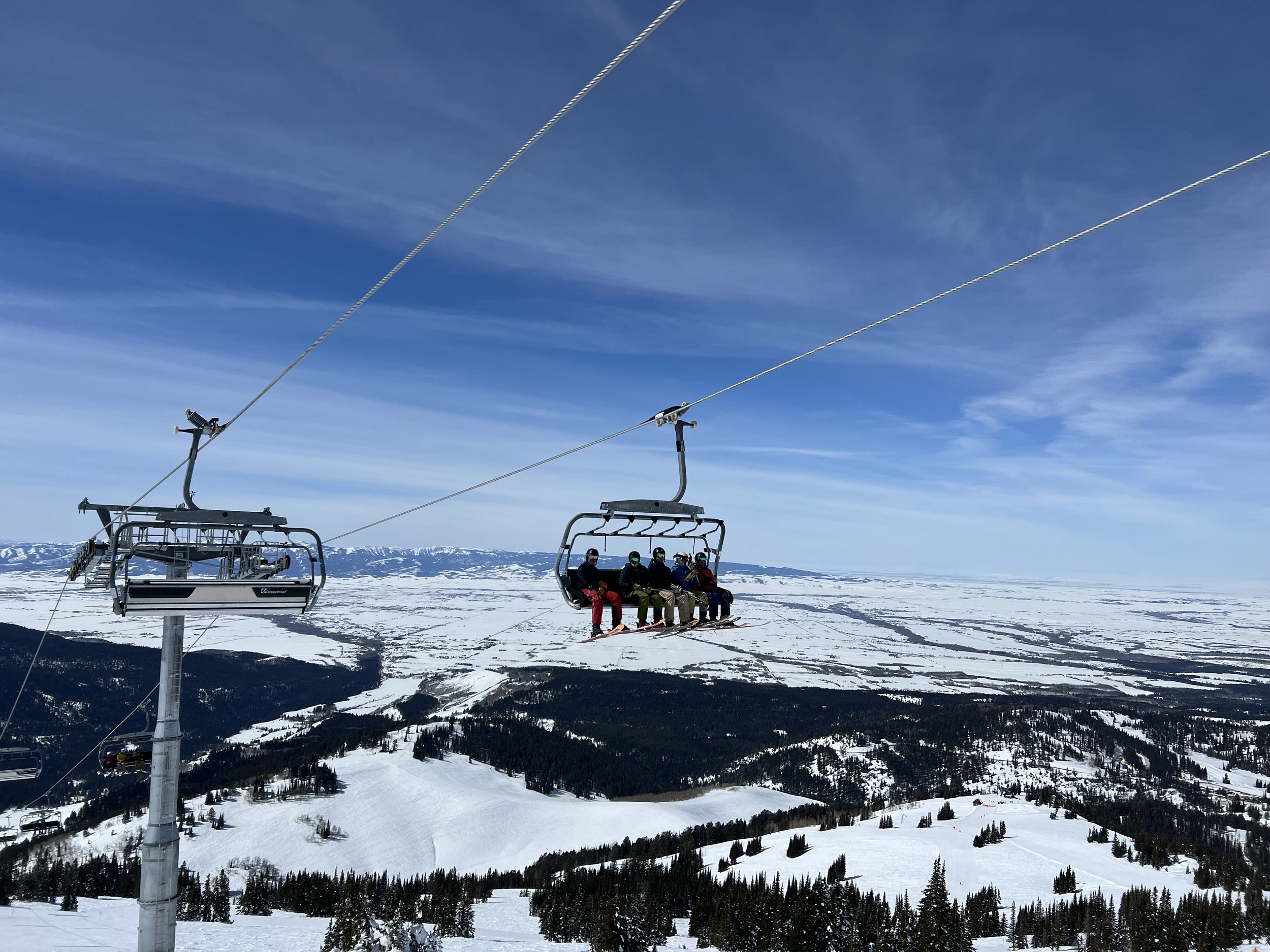
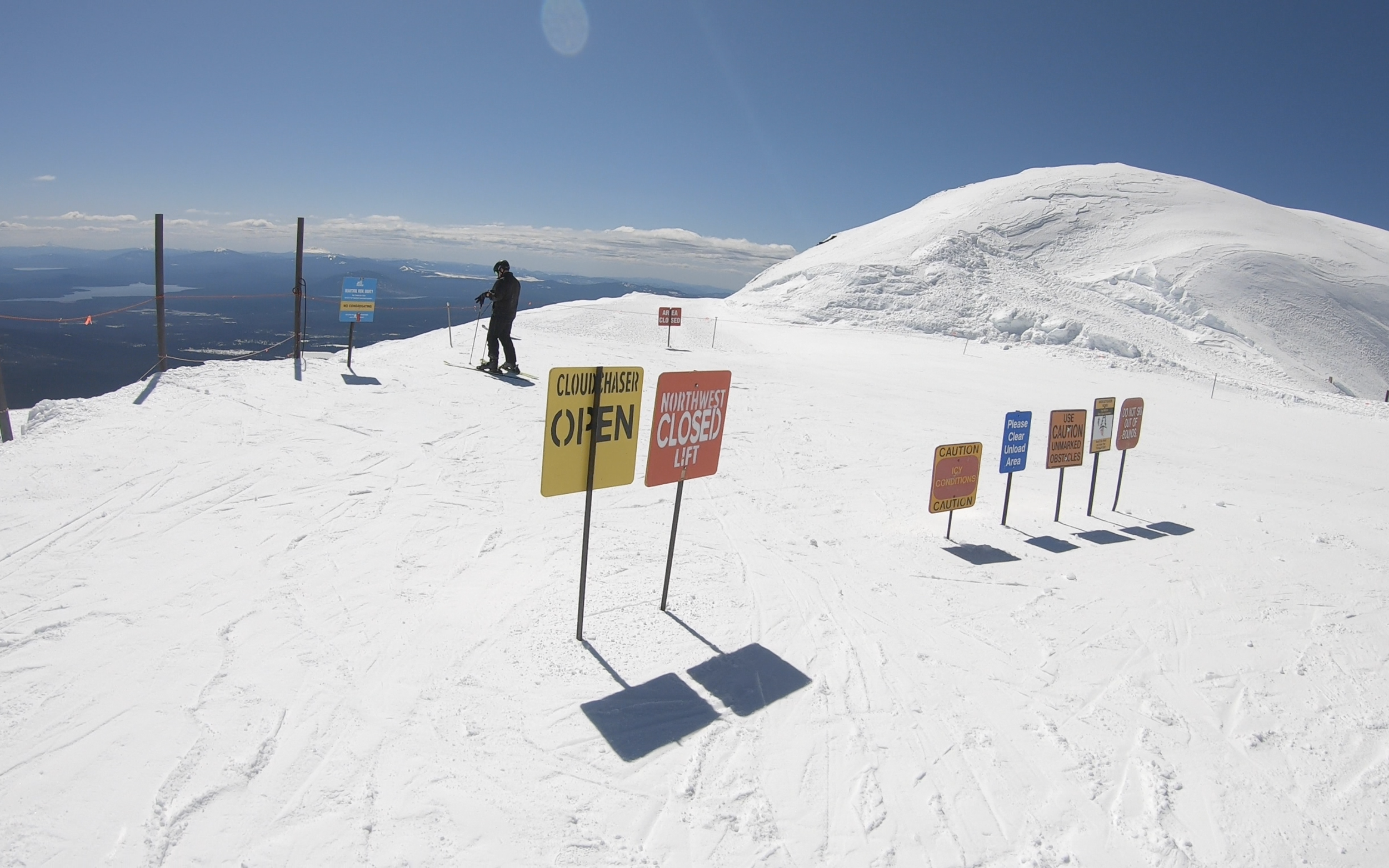
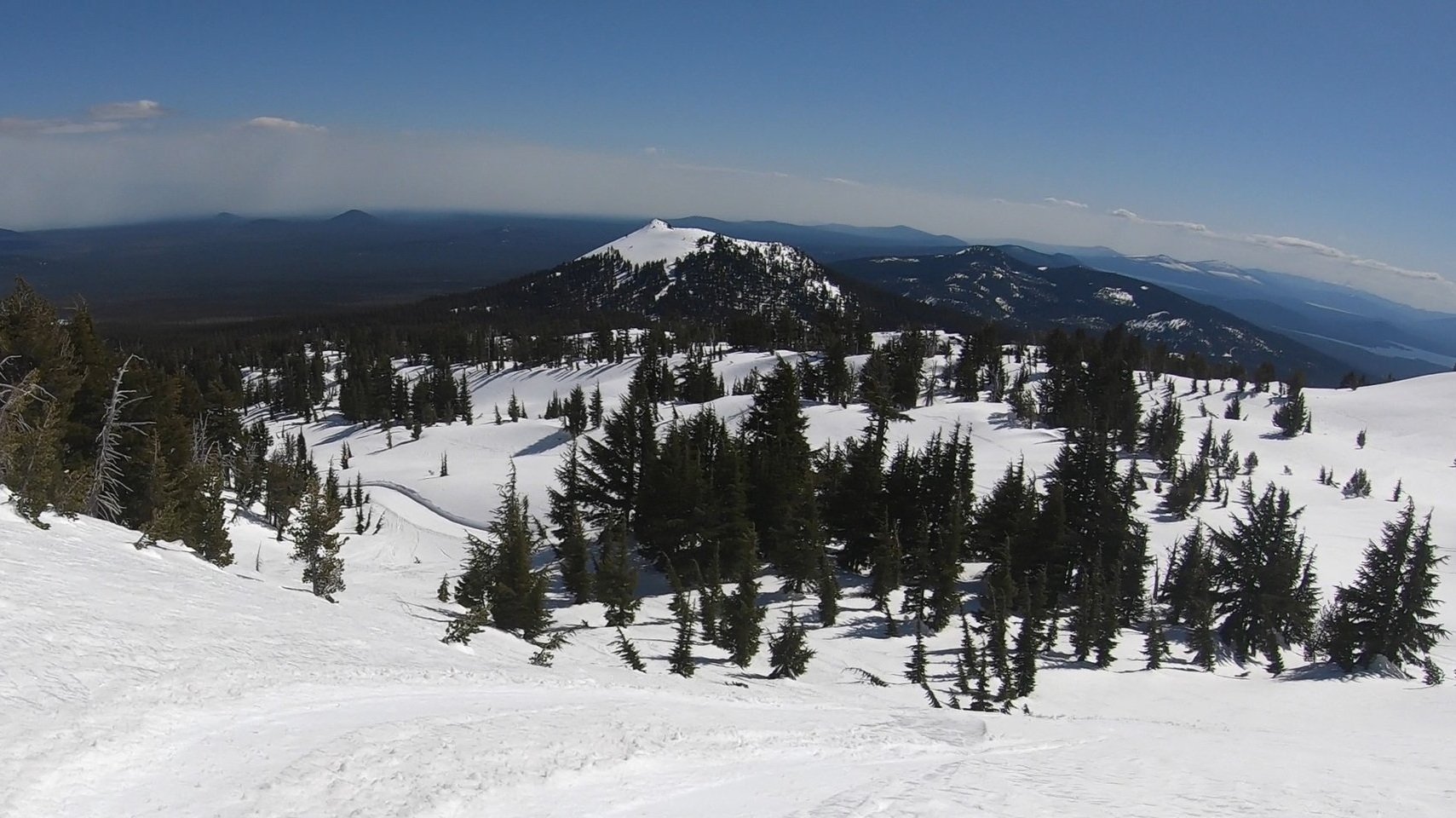
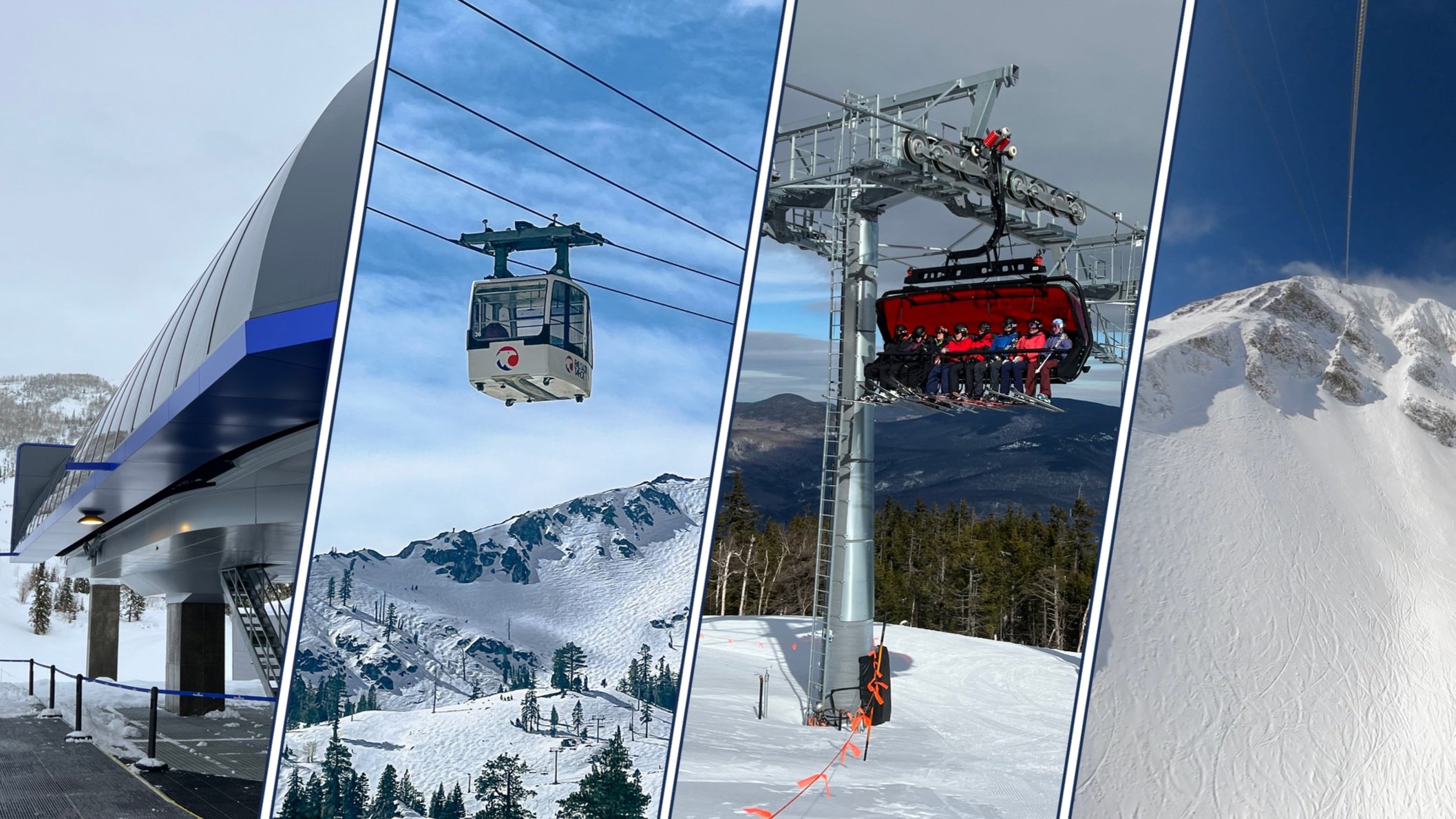
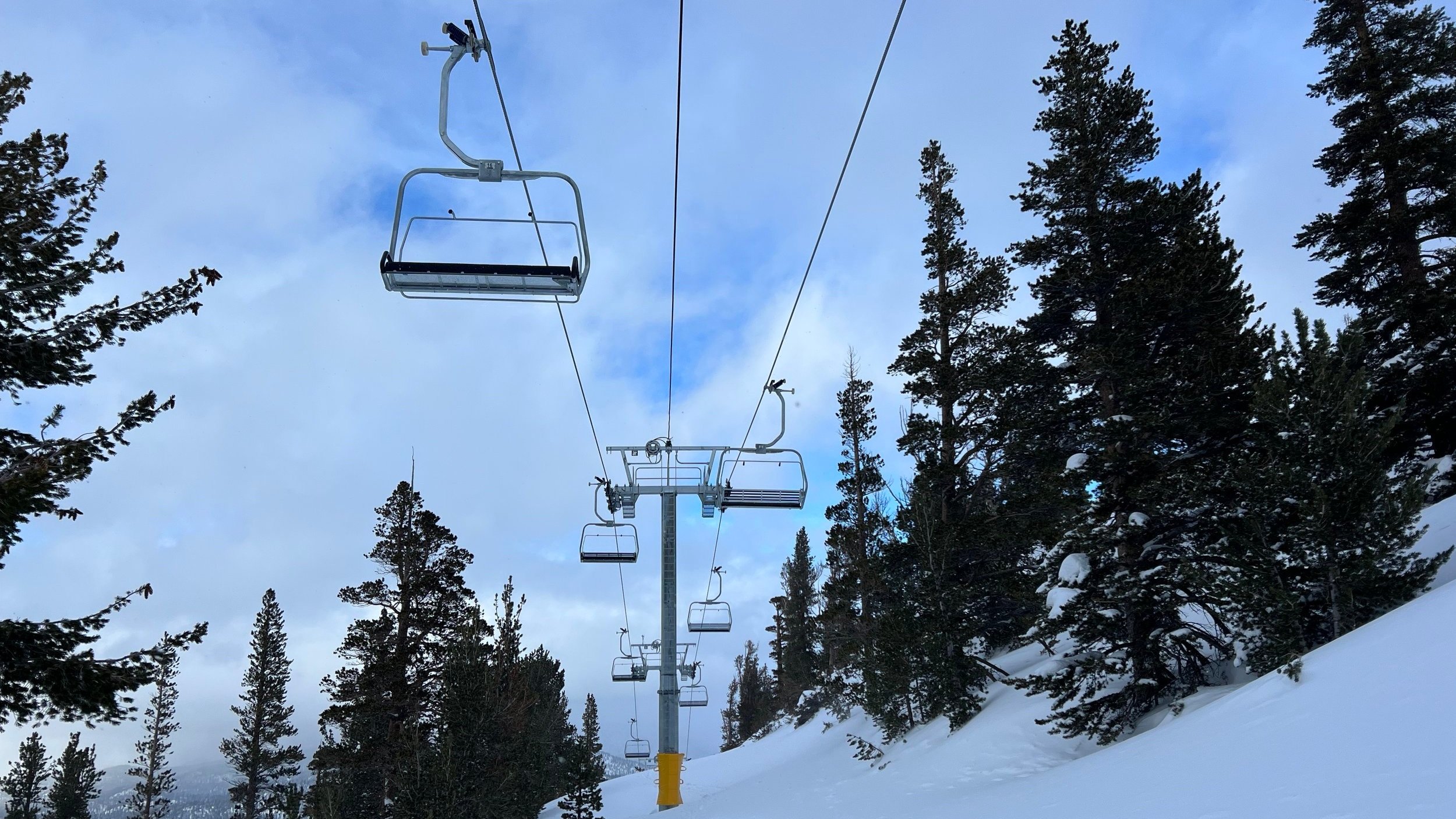
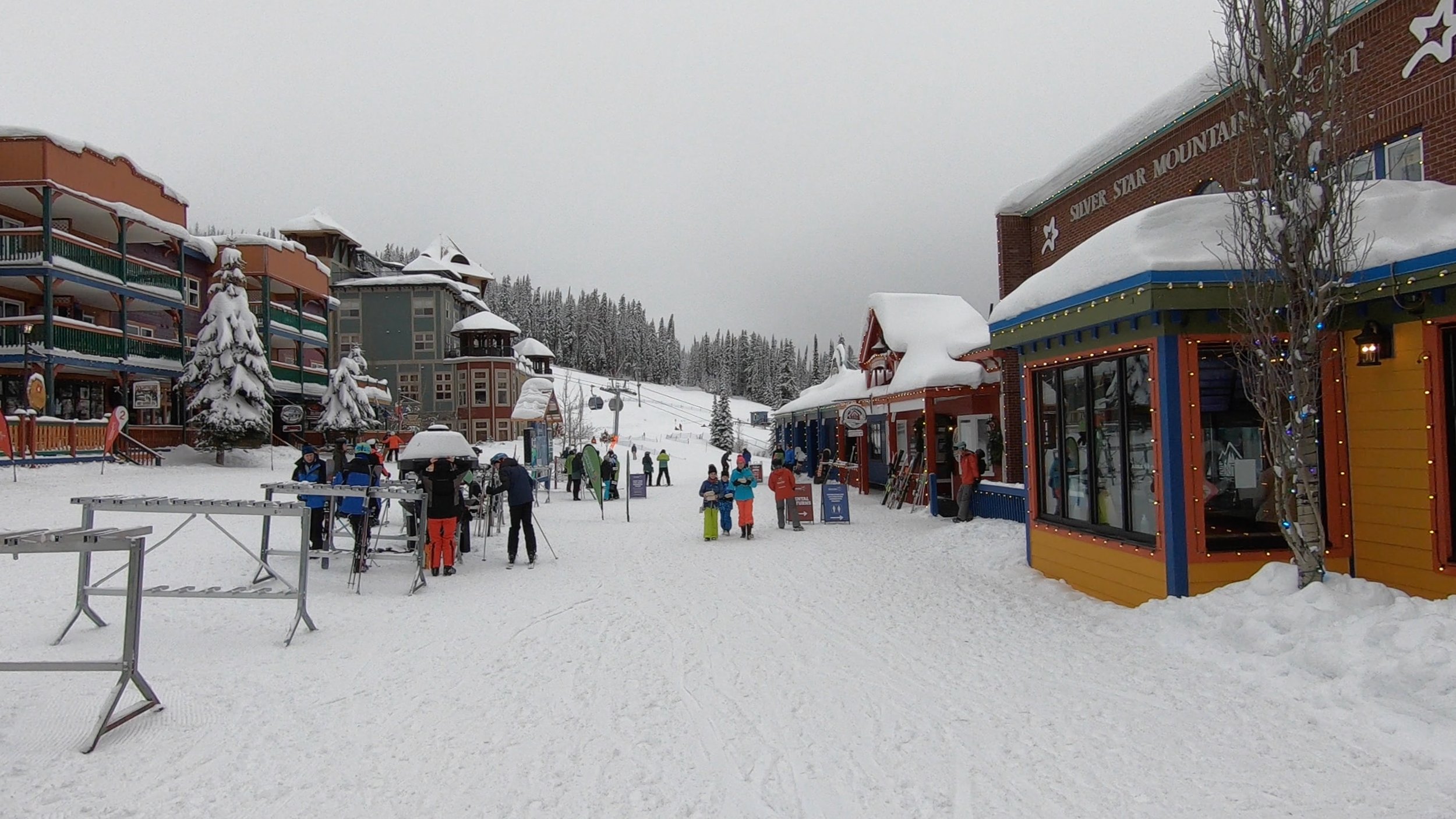
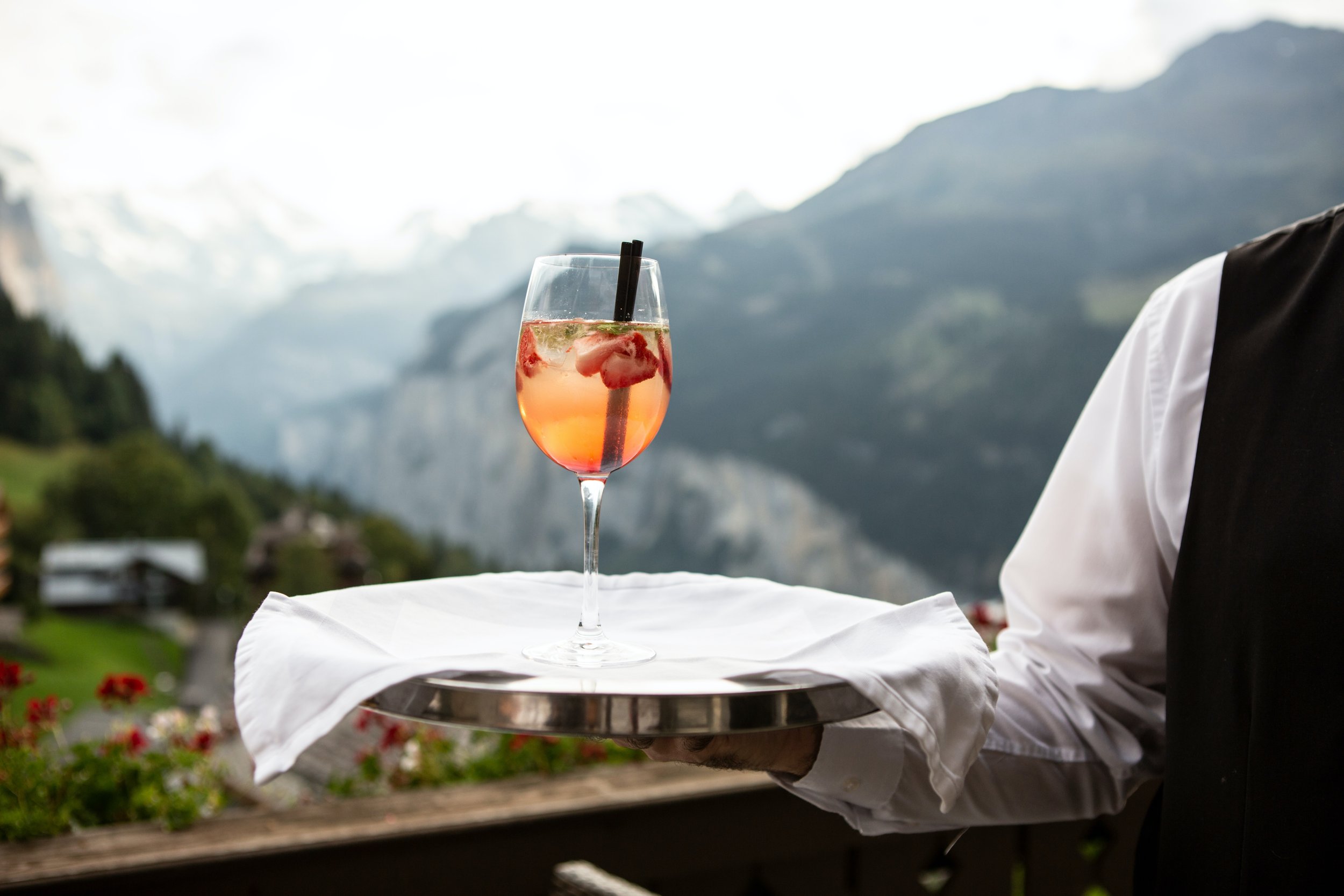


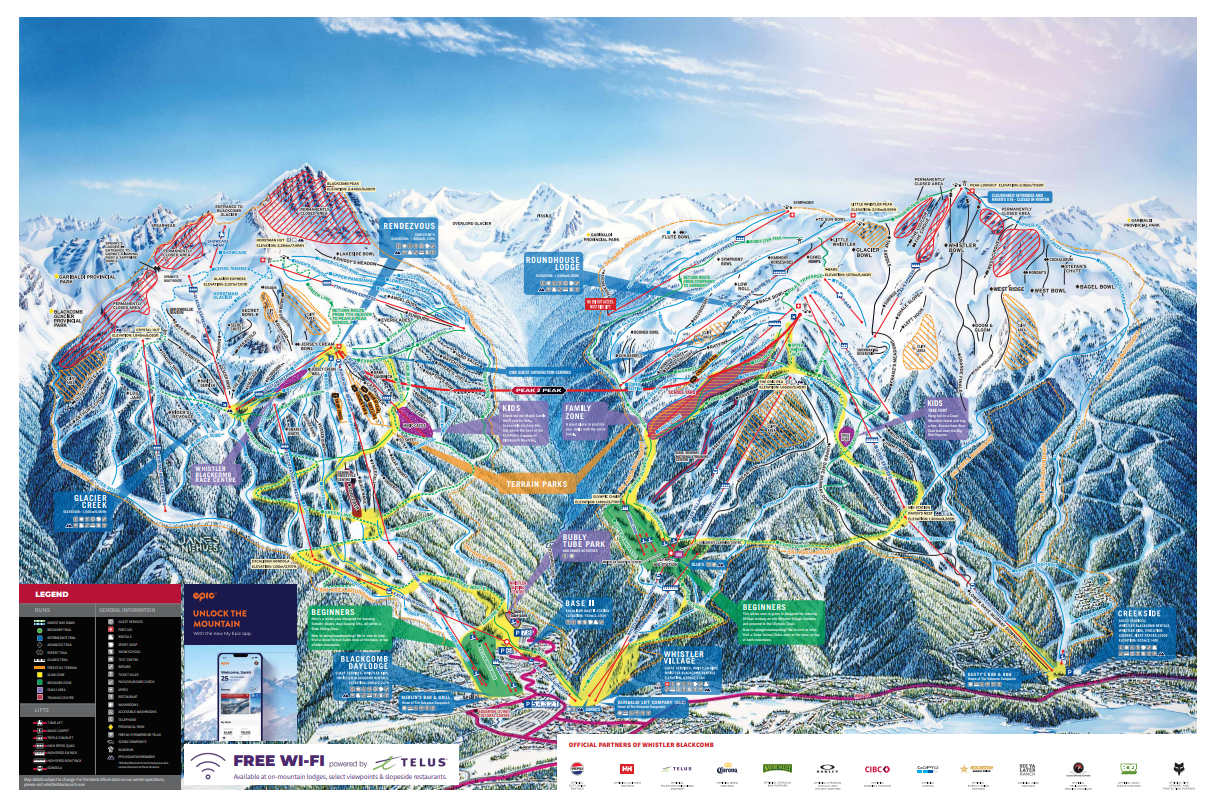
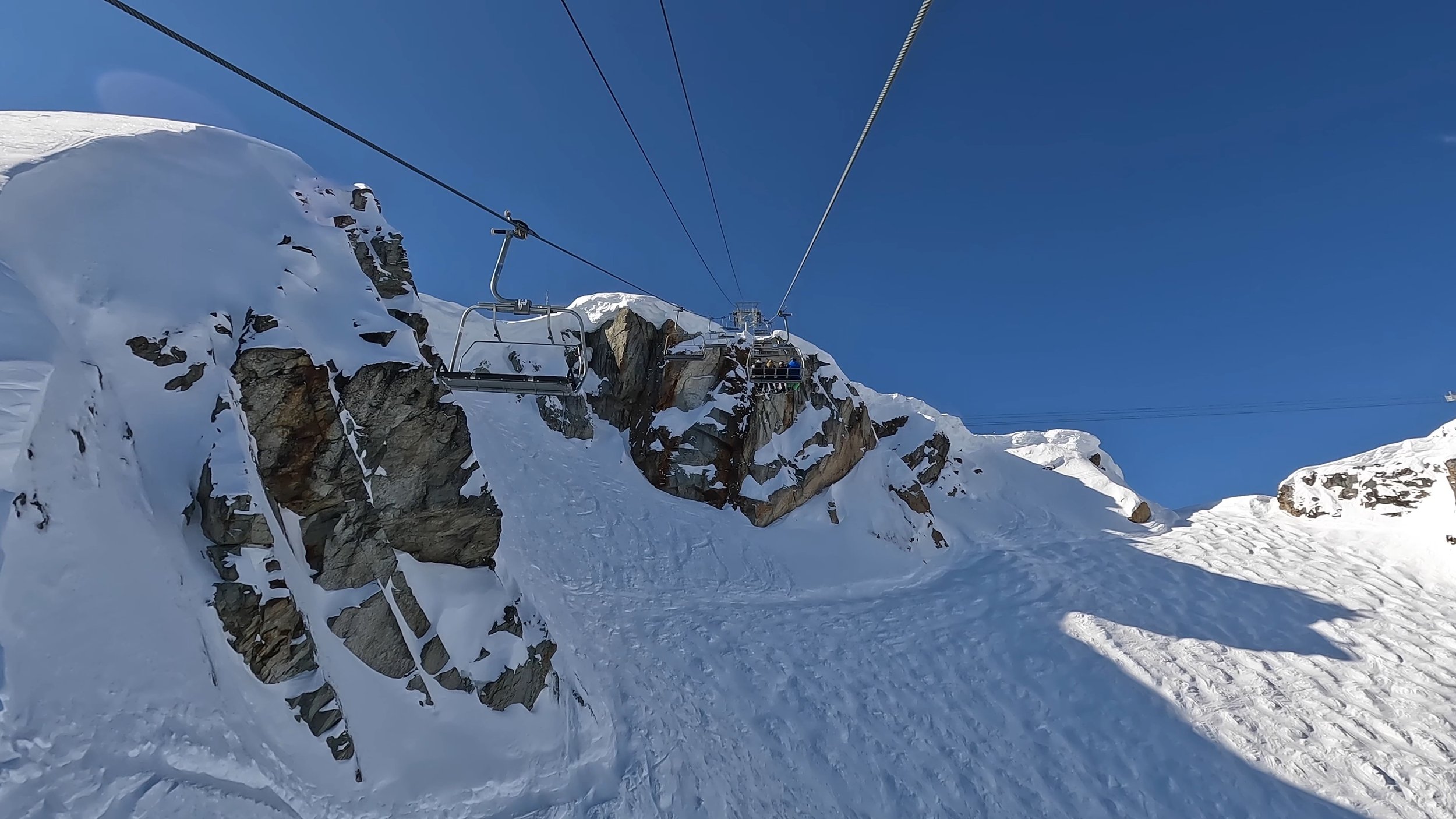





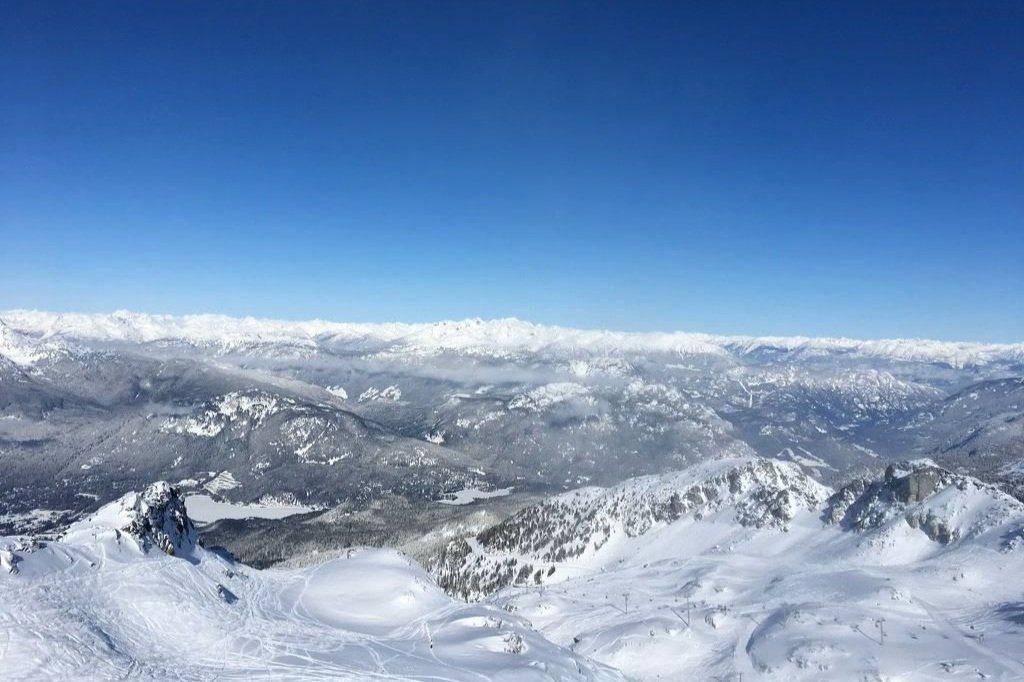








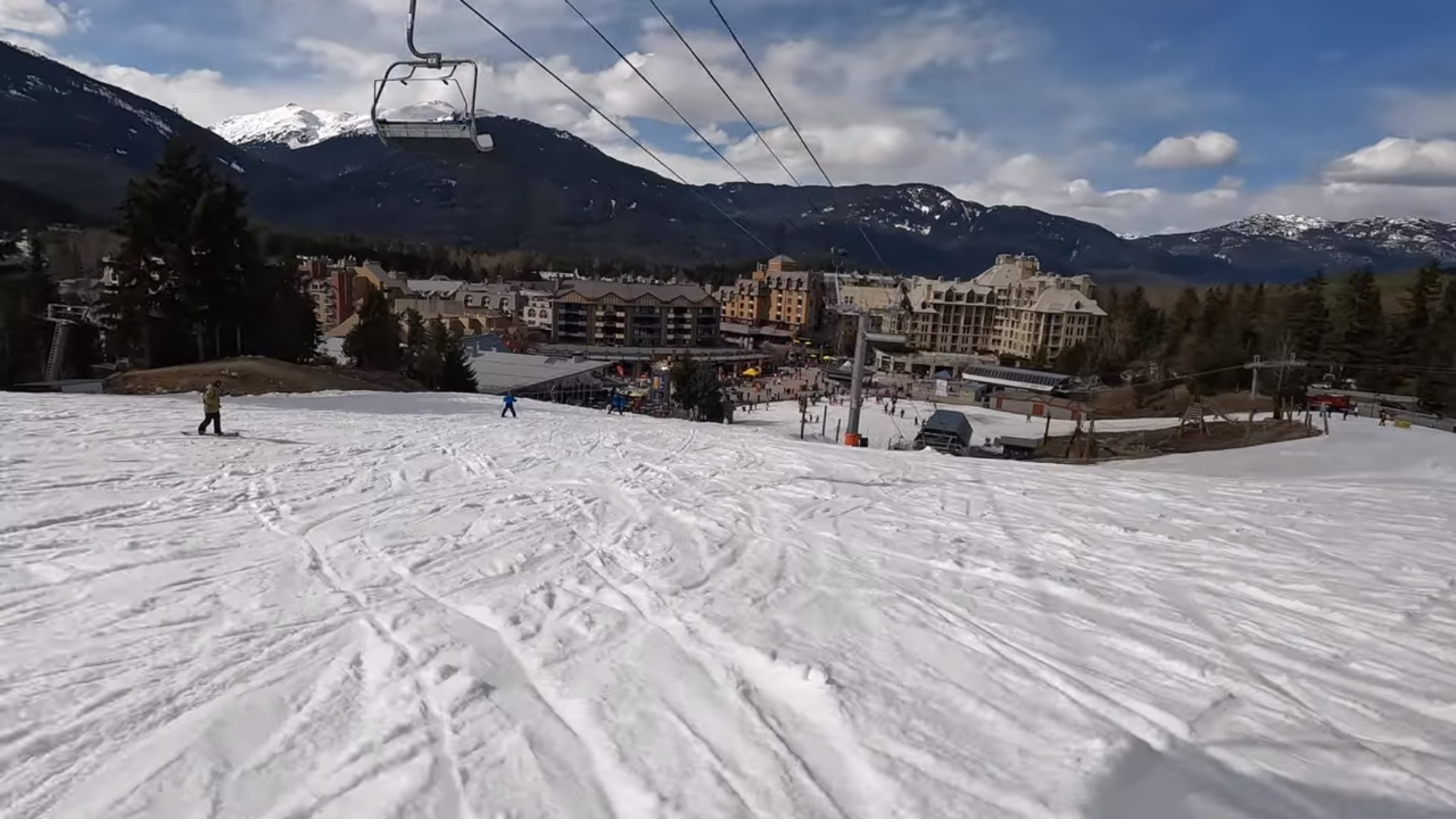
Picking the wrong resort can turn a beginner off to skiing or riding forever, but picking the right one can pave the way for a lifelong relationship with the sport.